Mountain biking is a great way to explore the outdoors and get some exercise. But when it comes to deciding if mountain bikes are good for trails, there’s a lot more to consider.
As a mountain bike trail expert, I can tell you that it really depends on the type of trails you’re riding, as well as your skill level. In this article, we’ll discuss what makes mountain bikes suitable for different kinds of trails and how to choose the right one for your needs.
Contents
Trail Types And Terrain
Trails come in all shapes and sizes, and the terrain can vary greatly. From easy-riding paths to difficult technical trails, knowing the difficulty of a trail before you attempt it is key.
Trail maintenance is also important; a well-maintained trail will make your ride much more enjoyable. When checking out a new path, be sure to take note of how well it’s been maintained and what type of terrain you’ll be tackling.
When it comes to mountain biking, the suspension is an important factor for both comfort and performance. The right setup can make or break your ride, so it’s essential that you choose the right one for the trail you plan on riding.
Different types of trails require different setups; some may need more travel than others, while some may require a stiffer shock than usual. Taking the time to find the best suspension for your needs will ensure that you have an enjoyable ride every time.
Mountain Bike Suspension
Mountain biking is all about tackling rough terrain, so your bike needs to be equipped to handle it.
One of the most important components for mountain bike trails is the suspension and brake setup. A quality suspension system will help absorb the bumps and jumps on a trail while providing stability and control.
The right brake setup can make or break your experience – depending on the terrain, you may need something more powerful than a standard v-brake setup.
The shape of your handlebar also has an impact on your experience on trails. Flat handlebars provide more control and comfort when riding rocky terrain, while riser bars offer additional leverage when climbing steep hills.
No matter what type of trail you’re riding, having the right tire width and the tread is essential for a smooth ride. Wider tires with knobs or aggressive treads will give you better traction in mud or snow, while narrower tires are best for hardpack surfaces like dirt roads or groomed trails.
With the right tire choice, you can conquer any obstacle that comes your way! Knowing how to adjust your suspension, brake setup, and handlebar shape can make your next mountain biking adventure even smoother – no matter what type of terrain you encounter.
Tire Width And Tread
When it comes to mountain biking on trails, the type of tire you choose, and its condition can make or break your ride. Tire width and tread are two key features that need to be considered when selecting the perfect tire.
A wider tire will provide more stability, while a narrower one will be lighter and provide a better grip. The tread pattern is also important, as it affects the bike’s traction in various terrain conditions.
It is important to note that proper tire pressure matters too! This is especially true for off-road riding, where low pressure provides more grip and better shock absorption.
It’s best to experiment with different pressures when trying out a new trail, as this will give you an idea of what feels best for that particular terrain.
In order to have the most success on trails, choosing the right tire width and tread pattern, along with proper inflation pressure, is essential. With this combination, you can navigate any type of terrain comfortably and confidently.
Transitioning into the next section about wheel size and weight should be seamless now that we’ve discussed these components in depth.
Wheel Size And Weight
Mountain bikes are a great choice for trails because of their wheel size and weight. The larger wheel size provides more stability, as well as better braking power for those technical sections of the trail. Additionally, the lightweight design makes it easier to manoeuvre through tight turns and obstacles.
Here are a few key features that make mountain bikes an ideal choice for trails:
- Large wheel size: This allows for more stability and control when cornering or navigating tricky terrain.
- Low weight: With a lightweight frame design, it is easier to move your bike around tight corners or over obstacles with ease.
- Gearing options: Being able to shift gears quickly on the fly gives you the power needed to tackle any terrain.
Having these features make mountain biking one of the most enjoyable forms of outdoor recreation. Whether you prefer fast and flowy single track or technical climbs – there is something out there for everyone. Allowing riders to explore nature in a way that is both fun and challenging.
Transitioning into the next section about bike components and gear – having quality parts can also help enhance your experience out on the trail!
Bike Components And Gear
When it comes to mountain biking, having the right bike components is essential. The quality of the brakes and frame design can make or break your ride.
Brake quality is one of the most important features to consider when buying a mountain bike. The brakes should be able to handle different terrain types and provide smooth stops in any condition.
Also, look for a frame that is designed for riding off-road trails. It should have durable materials with shock-absorbing technology that can keep up with your adventures.
Furthermore, selecting the proper gear for your rides is important too. Investing in some protective equipment, such as helmets and gloves, will help keep you safe while out on the trail.
Additionally, wearing comfortable clothing made from breathable fabrics can help keep you cool during long rides. You may also want to bring along a bike pump and spare tube in case of a flat tire on your journey.
To sum it up, getting the right mountain bike components and gear will ensure an enjoyable experience when exploring trails. With quality brakes and frame design, you can feel confident tackling any type of terrain without worrying about compromising safety or performance.
Investing in protective equipment and comfortable clothing will add an extra layer of protection when out on the trails too. So don’t forget to prepare beforehand to ensure an enjoyable experience every time!
Conclusion 💭
In conclusion, mountain bikes can be a great choice for trails, depending on the terrain and type of riding. With the proper suspension, wheel size and weight, tire width, and bike components and gear, riders have the ability to customize their bike to suit their trail needs.
For example, a full-suspension mountain bike with wider tires can provide more stability and comfort when navigating rougher trails.
Overall, mountain biking is an increasingly popular activity that provides cyclists with an exciting way to explore nature. In fact, according to the International Mountain Bicycling Association (IMBA), there are over 2 million miles of designated trails worldwide!
With the right setup and knowledge of the terrain, riders can enjoy a safe and thrilling experience while enjoying nature’s beauty.

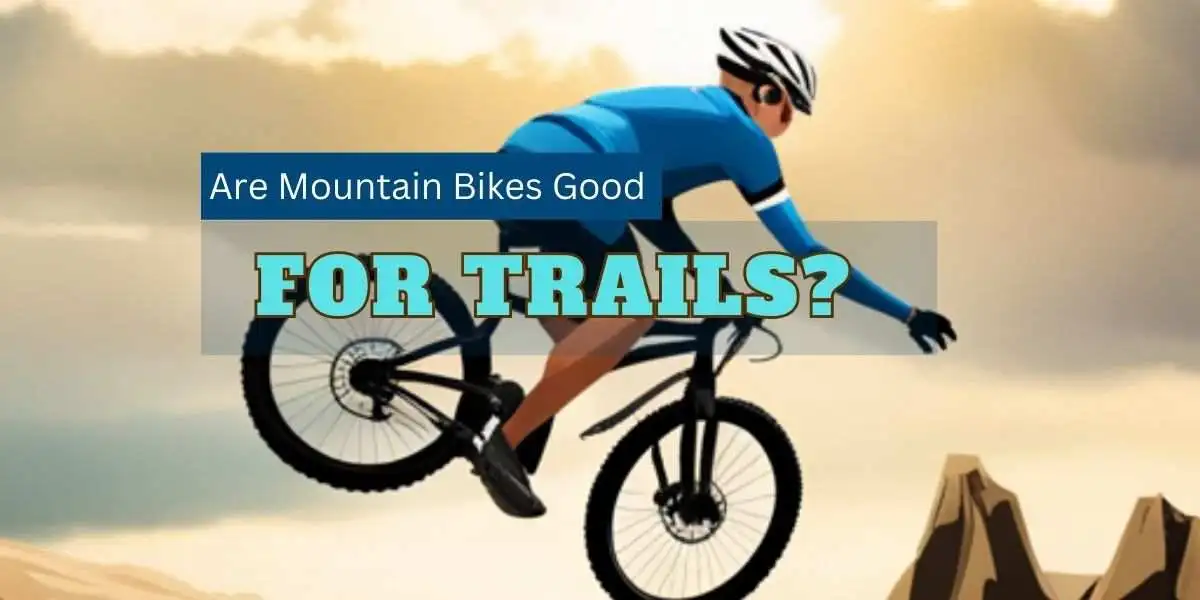
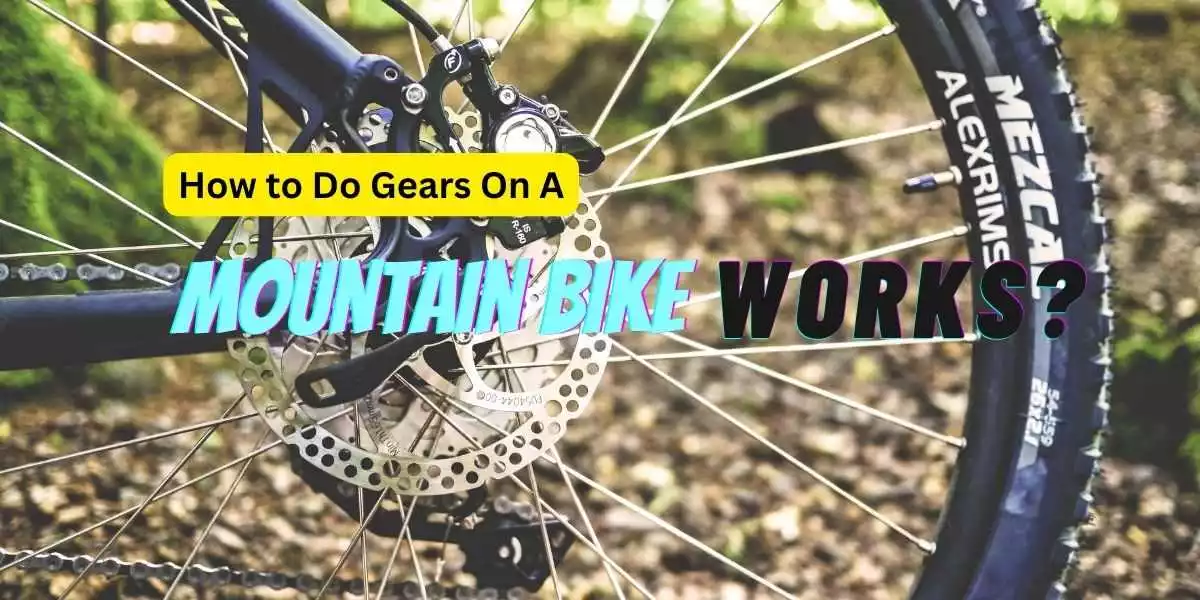
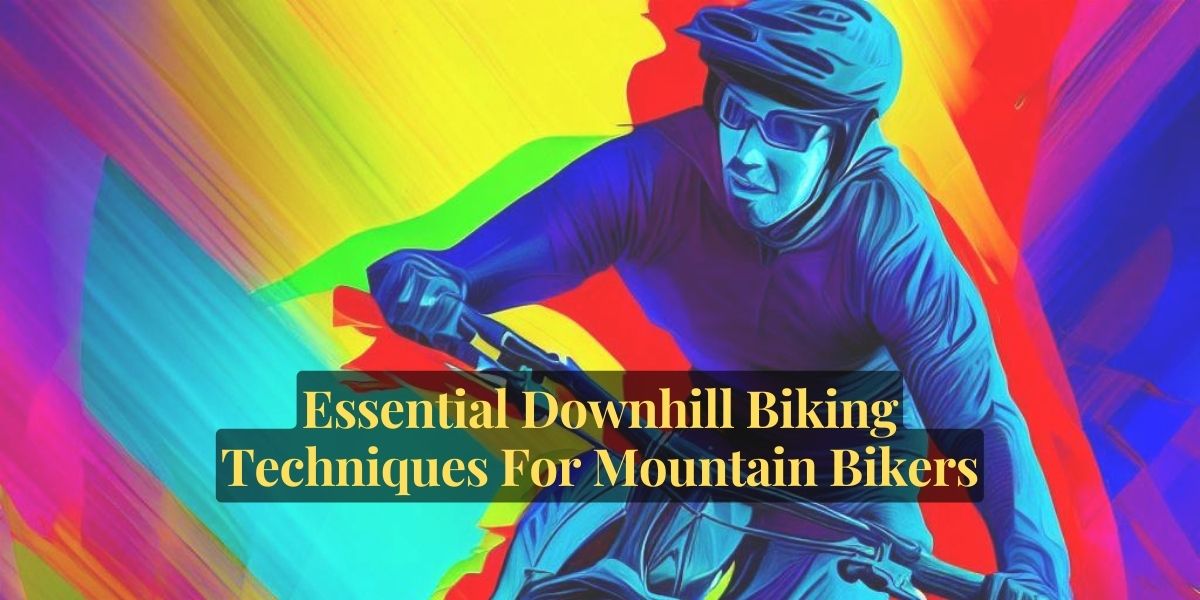
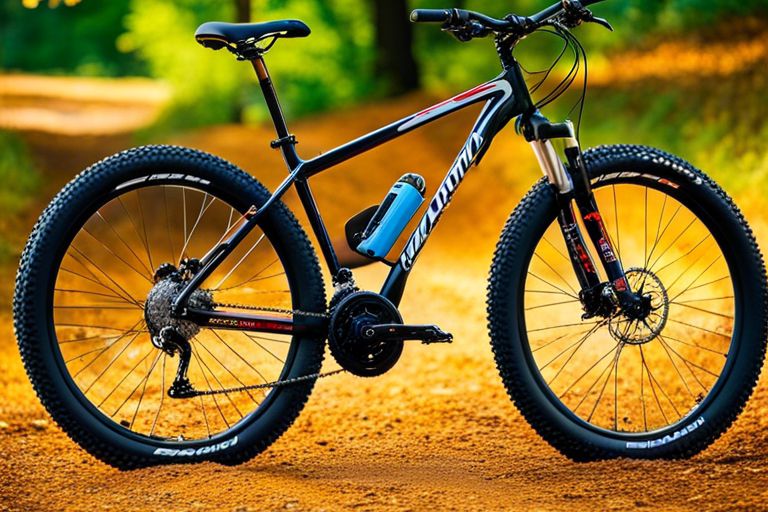

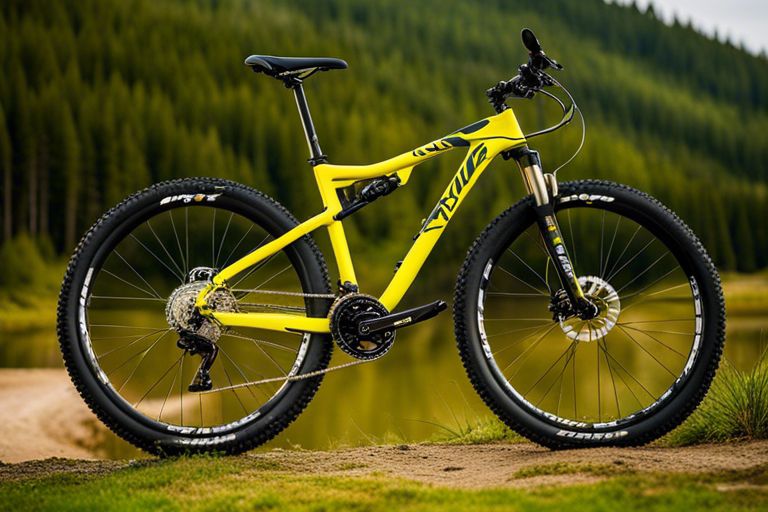
Leave a Reply